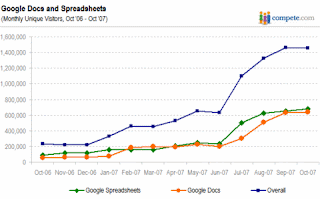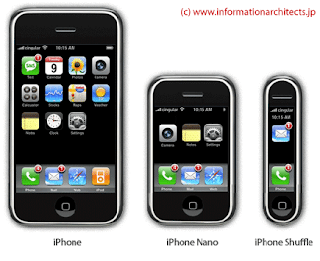

Observers of both U.S. and U.K. efforts to stimulate innovation and competition in the core communications markets will note the vastly-different regulatory approaches. In the U.K. market, where satellite is a significant factor but cable is not, regulators have chosen an aggressive wholesale unbundled local loop regime.
The U.S. market has seen the same initial thrust, only to be followed by an alternate reliance on inter-modal competition between cable and telephone industries, rather than a primary reliance on wholesale, unbundled local loop.
So far, the U.K. market model has proven more friendly to competitors. But physical constraints still are an issue, irrespective of regulatory framework. In thinly-populated areas with low density, the cost of providing broadband remains hig
If BT’s 21st Century network provides evidence, it is that one does not change all access cost inputs simply because a network converts to IP in place of TDM protocols.
In fact, it appears that wholesale access cost for partners who want to use BT’s transmission network to serve rural or suburban customers will be as much as three times higher than similar features will cost in dense urban areas, says Keith McMahon, a U.K.-based blogger.
There’s nothing terribly surprising about this. Infrastructure always costs more, per household, per business or per person in lightly-populated areas.
There’s simply more construction cost and physical media to support, and less ability to share common costs (ports or software licenses, for example), in less-dense areas. IP doesn’t change that.
The implications for competitive providers who lease access from BT and provide retail services to customers under their own names (analogous to U.S. competitive local exchange carriers) are clear enough. Competitors will choose to place their own facilities where customer density is greatest.
The largest nationwide providers, including Carphone Warehouse, Sky, Tiscali, O2 and Orange will find it worthwhile to interoperate at the Tier 1 MSAN level, which gives them coverage of 1,200 exchanges and about 70 percent or 17.7 million of the 25.3 million U.K. homes.
U.K. cable networks largely overlap the areas served by Tier 1 MSANs, for obvious reasons: that is where most of the customers are. Cable networks pass by around 11.8 million homes or 47 percent of total U.K. homes. As McMahon lays out the competitive scenario, about seven companies will contest for customers in 11.8 million homes, or just half the market.
About six companies likely will compete to serve 5.9 million homes or 23 percent of the market. In all likelihood, just one company, BT, will be in position to serve 7.6 million homes, or about 30 percent of total homes.
Population density and loop length still are key impediments to high-bandwidth services, no matter what the regulatory framework.







